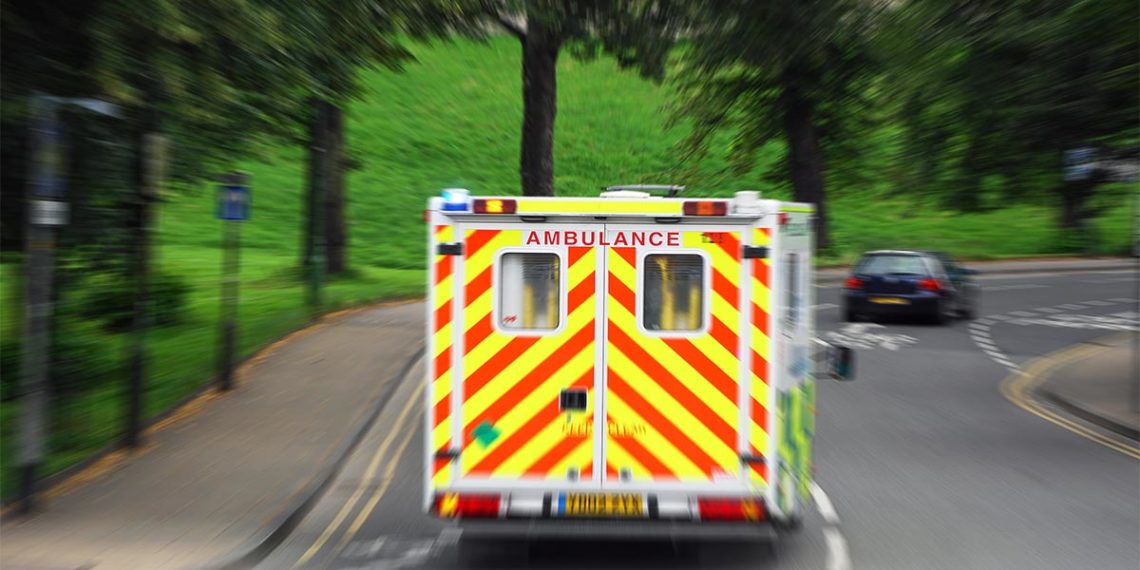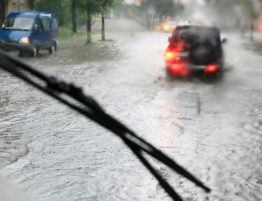
Think back to your driver’s education days. Do you remember what you were taught regarding how to drive around emergency vehicles like fire trucks, ambulances, and law enforcement vehicles? Most states enforce “move over” laws, which require drivers to move to the right when an emergency vehicle is approaching with lights and sirens. So why does it seem like everyone scatters every which direction when an emergency vehicle with flashing lights is nearby? Let’s clarify the rules regarding traffic safety and emergency vehicles.
Always, always, always, move to the right, folks…
If you notice a vehicle with emergency lights approaching, check the area around your vehicle and make sure it’s safe for you to move to the right. Emergency responders are trained to navigate traffic by moving to the left and maintaining a safe speed whether they’re moving toward oncoming traffic or passing traffic moving in the same direction. Even if the lefthand shoulder or breakdown lane seems more easily accessible, you’ll hinder the emergency responders’ ability to quickly and safely get through traffic. Move to the right and hang tight until the vehicle has passed. Check your blind spots and ensure there aren’t more emergency vehicles approaching before you merge back to the left and resume a safe speed.
Unless there’s a stopped emergency vehicle on the side of the road.
This is the one exception to the rule regarding moving out of the way by moving to the right. If a law enforcement officer, ambulance, fire truck, or any stationary vehicle with flashing light is stopped on or near the road, most state laws require drivers to offer the stopped vehicle more space by merging out of the lane closest to the vehicle. If you cannot safely move out of the closest lane, slow your speed and be mindful of any people moving around the scene.
Take note: While a tow truck isn’t typically considered an emergency vehicle, North Carolina state law still requires drivers to merge out of the lane closest to the stopped vehicle.
We’ve dug deep into some traffic laws. If you’re interested in learning more, read this little number we put together.
- Driving with a Cracked Windshield is Dangerous! - November 28, 2019
- Common Causes of Windshield Cracks: What You Need to Know - November 20, 2019
- The Best Road Trip Snacks for Kids - November 20, 2019
Write a comment:
You must be logged in to post a comment.








